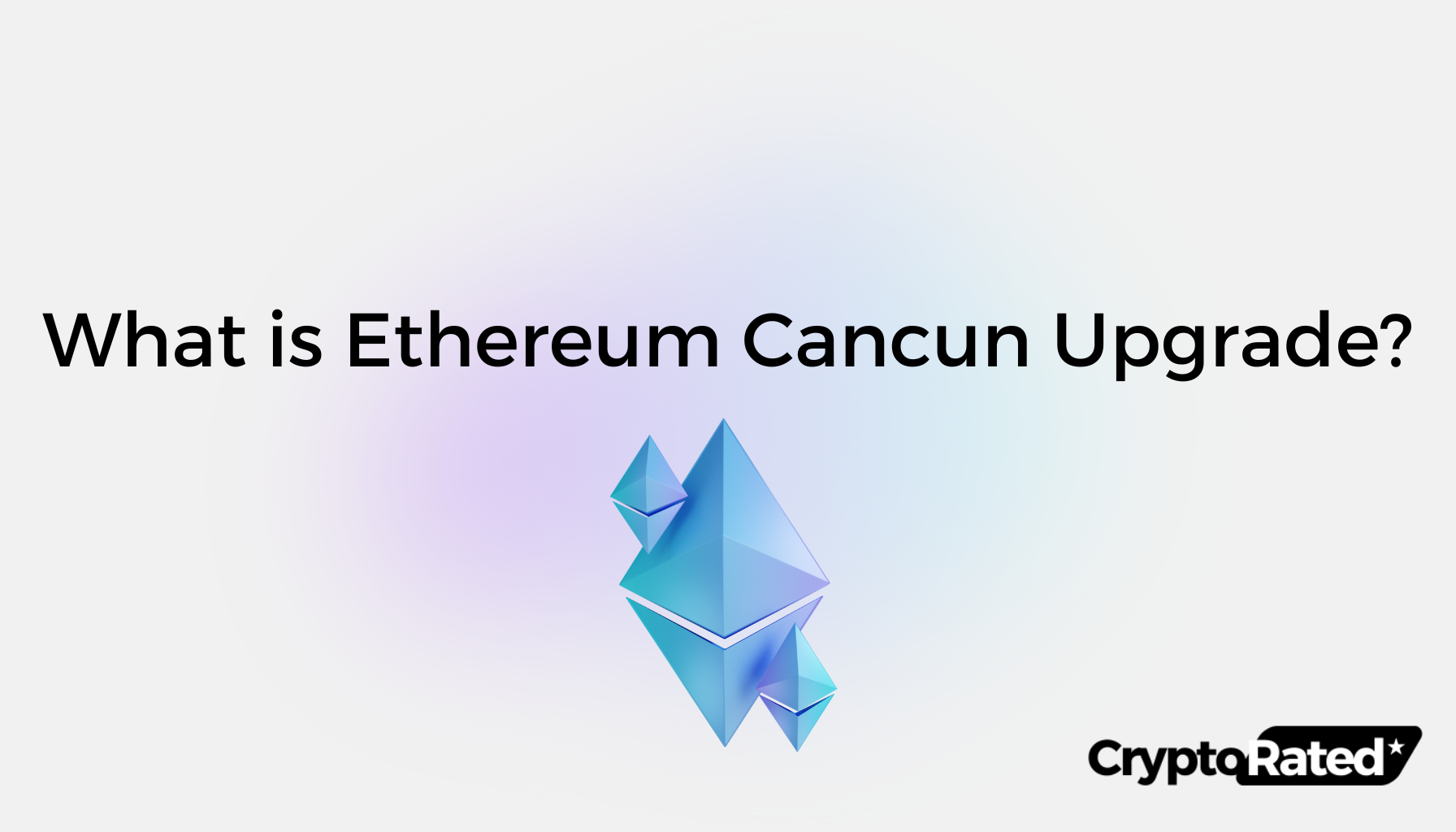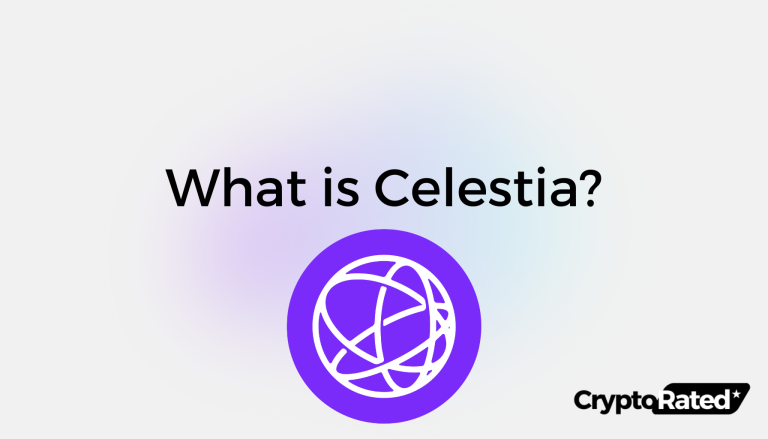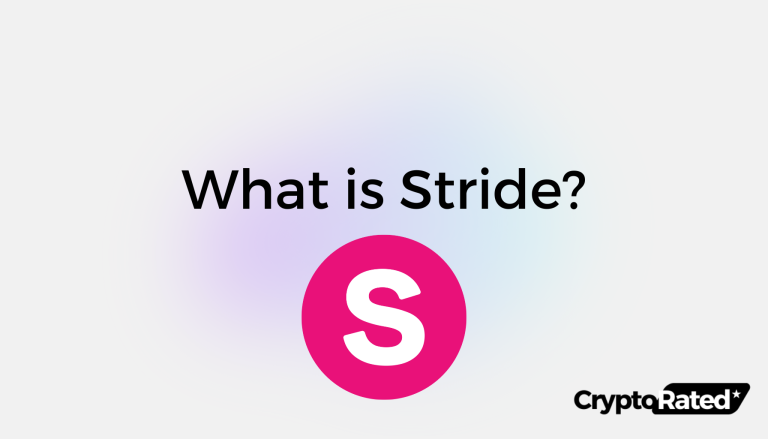
What Is The Ethereum Cancun Upgrade?
The Ethereum blockchain is on the cusp of a significant upgrade known as Cancun-Deneb, set to take place in early 2024. This update is a major step in enhancing the network’s ability to scale, introducing new Ethereum Improvement Proposals (EIPs) that aim to reduce gas fees, bolster security, and improve overall efficiency. It arrives with a particularly notable feature called Proto-Danksharding, which is expected to advance the way Ethereum handles large-scale transactions and paves the way for Layer 2 scaling solutions to operate more effectively.
Key Takeaways
- Cancun-Deneb is an important Ethereum upgrade that enhances scalability and reduces gas fees.
- Proto-Danksharding is introduced to facilitate transaction efficiency within the Ethereum network.
- The upgrade strengthens Ethereum’s infrastructure for broader application and platform growth.
What Is The History of Ethereum Upgrades?
Ethereum, the world’s leading smart contract platform, has undergone a series of significant upgrades since its inception in 20151. These upgrades have addressed critical issues, introduced new features, and enhanced the overall performance of the network2.
The Homestead Upgrade (2016)
Marked a major milestone in Ethereum’s evolution, introducing a more robust consensus mechanism and improving security. It also introduced the Mist wallet, which facilitated easier access and interaction with the Ethereum ecosystem.
The Altair Upgrade (2021)
The first scheduled upgrade for the Beacon Chain. It added support for “sync committees”—enabling light clients, and increased validator inactivity and slashing penalties as development progressed towards The Merge.
The London Upgrade (August 5, 2021)
Introduced EIP-1559, a new fee market mechanism that dynamically adjusts the base fee for transactions based on network congestion3. This helps to stabilize gas prices and make them more predictable for users. It also delayed the difficulty bomb, which is a mechanism that gradually increases the difficulty of mining new blocks. This delay was necessary to give Ethereum more time to transition to proof-of-stake consensus.
The Berlin Upgrade (April 15, 2021)
Made several optimizations to the Ethereum Virtual Machine (EVM), which is the software that runs smart contracts on the Ethereum blockchain4. These optimizations reduced the gas costs of certain EVM operations, which made it cheaper to use the network. It also improved the way that transactions are ordered on the Ethereum blockchain, making the network more resistant to certain types of attacks.
The Paris Upgrade (The Merge) (2022)
Marked a pivotal moment in Ethereum’s history, marking the transition from proof-of-work to proof-of-stake consensus. This upgrade is expected to significantly improve energy efficiency and reduce transaction fees, making Ethereum more sustainable and accessible.

What Are The Key Features of the Ethereum Cancun Upgrade?
The Ethereum Cancun Upgrade, also known as the Dencun Upgrade, is a significant milestone in the Ethereum roadmap5. It aims to address the network’s scalability limitations by introducing proto-danksharding, a precursor to full danksharding. This upgrade is expected to improve transaction throughput, reduce gas fees, and enhance overall network efficiency, potentially making the network more usable for DeFi and other dApps.
Key Components
- Proto-danksharding: This innovative technology divides the Ethereum blockchain into smaller shards, enabling parallel processing of transactions.
- Data blobs: Data blobs are larger pieces of data that can be stored in shards, reducing the need for frequent cross-shard communication.
- EIP-5656: This EIP introduces improved block proposal mechanisms, enhancing network throughput.
- EIP-6780: This EIP optimizes gas cost calculations, reducing transaction fees.
The Ethereum Cancun Upgrade is currently scheduled for the first quarter of 2024. It will be deployed in two phases: Cancun and Deneb. The Cancun phase will introduce proto-danksharding and EIP-56566, while the Deneb phase will implement EIP-6780 and other minor optimizations.
What Are The Two Phases of The Upgrade?
The Ethereum Cancun Upgrade, also known as the Dencun Upgrade, is currently scheduled for the first quarter of 2024. It will be deployed in two phases: Cancun and Deneb.
The Cancun phase will introduce proto-danksharding and EIP-5656. Proto-danksharding divides the Ethereum blockchain into smaller shards, enabling parallel processing of transactions. EIP-5656 introduces improved block proposal mechanisms, enhancing network throughput.
The Deneb phase will implement EIP-67807 and other minor optimizations. EIP-6780 optimizes gas cost calculations, reducing transaction fees.
What Are The Expected Benefits of the Ethereum Cancun Upgrade?
The Ethereum Cancun Upgrade, also known as the Dencun Upgrade, is a significant milestone in the network’s evolution, aiming to address scalability limitations and pave the way for a more efficient and user-friendly Ethereum experience. Here’s a table that summarizes the key benefits of the upgrade:
| Benefit | Description |
|---|---|
| Enhanced Scalability | The upgrade is expected to significantly improve the Ethereum network’s capacity to process transactions, potentially reaching up to 100,000 transactions per second (TPS). |
| Reduced Gas Fees | Proto-danksharding and data blobs are expected to lower transaction fees, making Ethereum more affordable for users. |
| Enhanced Network Efficiency | Overall network performance is expected to improve, leading to a smoother and more user-friendly experience. |
Final Thoughts on The Ethereum Cancun Upgrade
The Ethereum Cancun Upgrade, also known as the Dencun Upgrade, represents a crucial step in the network’s evolution, addressing scalability limitations and paving the way for a more efficient and user-friendly Ethereum experience. The introduction of proto-danksharding, data blobs, and other enhancements is expected to significantly improve transaction throughput, reduce gas fees, and enhance overall network performance. While the upgrade is still in the testing phase, it holds immense promise for the future of Ethereum, making it a more scalable, user-friendly, and sustainable platform for decentralized applications and the broader blockchain ecosystem.
Frequently Asked Questions
What is the Cancun Upgrade?
The Ethereum Cancun Upgrade, also known as the Dencun Upgrade, is a major upgrade planned for the Ethereum network. It aims to address the network’s scalability limitations by introducing proto-danksharding, a precursor to full danksharding. This upgrade is expected to improve transaction throughput, reduce gas fees, and enhance overall network efficiency.
When is the Cancun Upgrade scheduled for deployment?
The Cancun Upgrade is currently scheduled for deployment in the first quarter of 2024. It will be rolled out in two phases: Cancun and Deneb. The Cancun phase will introduce proto-danksharding and EIP-5656, while the Deneb phase will implement EIP-6780 and other minor optimizations.
What are the key benefits of the Cancun Upgrade?
The Cancun Upgrade is expected to bring a number of benefits to the Ethereum network, including:
• Improved scalability: The upgrade is expected to significantly reduce transaction fees and increase the network’s capacity to process transactions.
• Enhanced network efficiency: The upgrade is expected to improve overall network performance, making it a more user-friendly and efficient platform.
• Reduced gas fees: The introduction of proto-danksharding and data blobs is expected to lower transaction fees, making Ethereum more affordable for users.
WRITTEN
Peter Barker
Peter is an experienced crypto content writer and a DeFi enthusiast with more than 3+ years of experience in the space. Previously a journalist and news editor at a leading European news sourcing agency.




